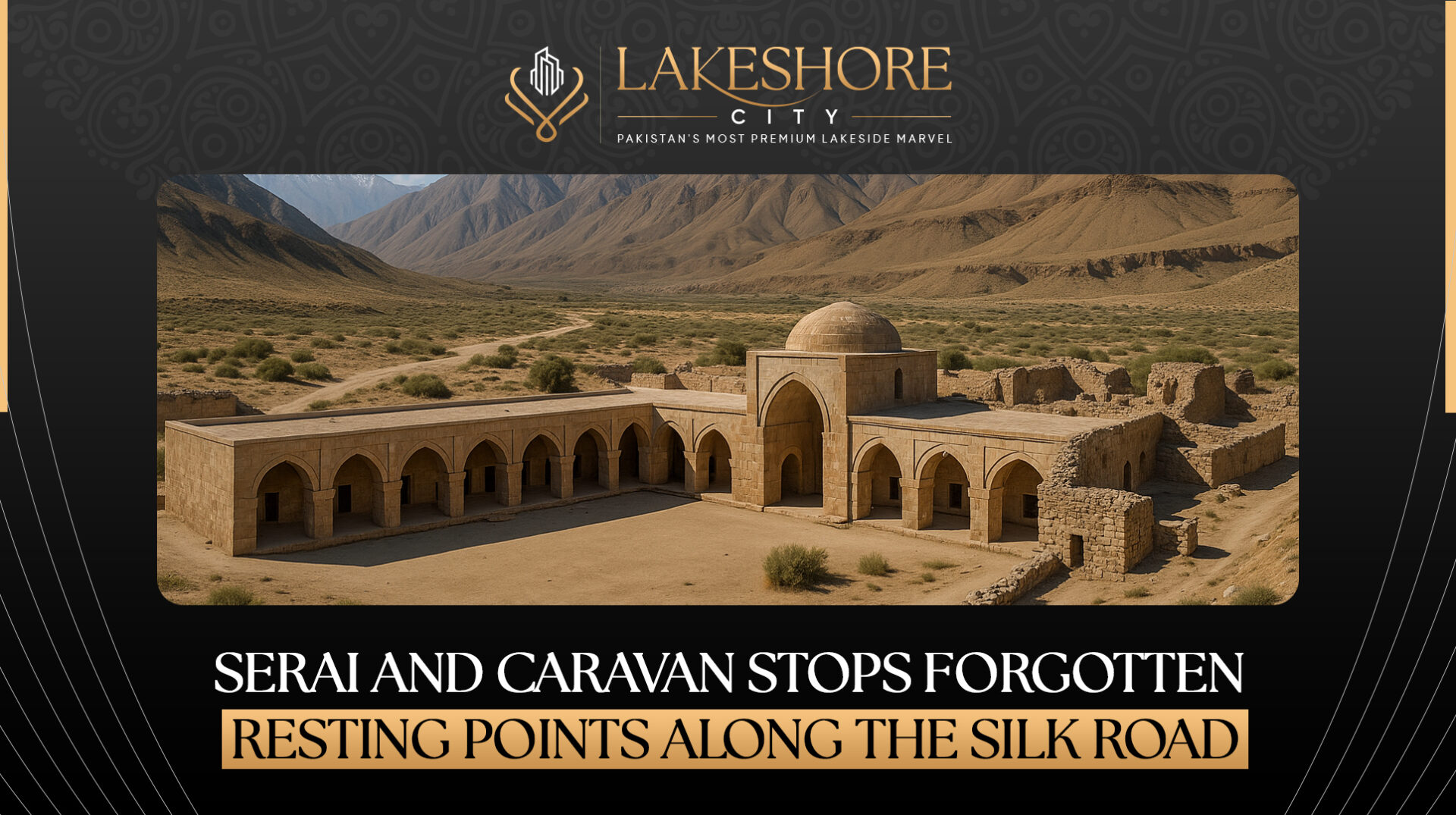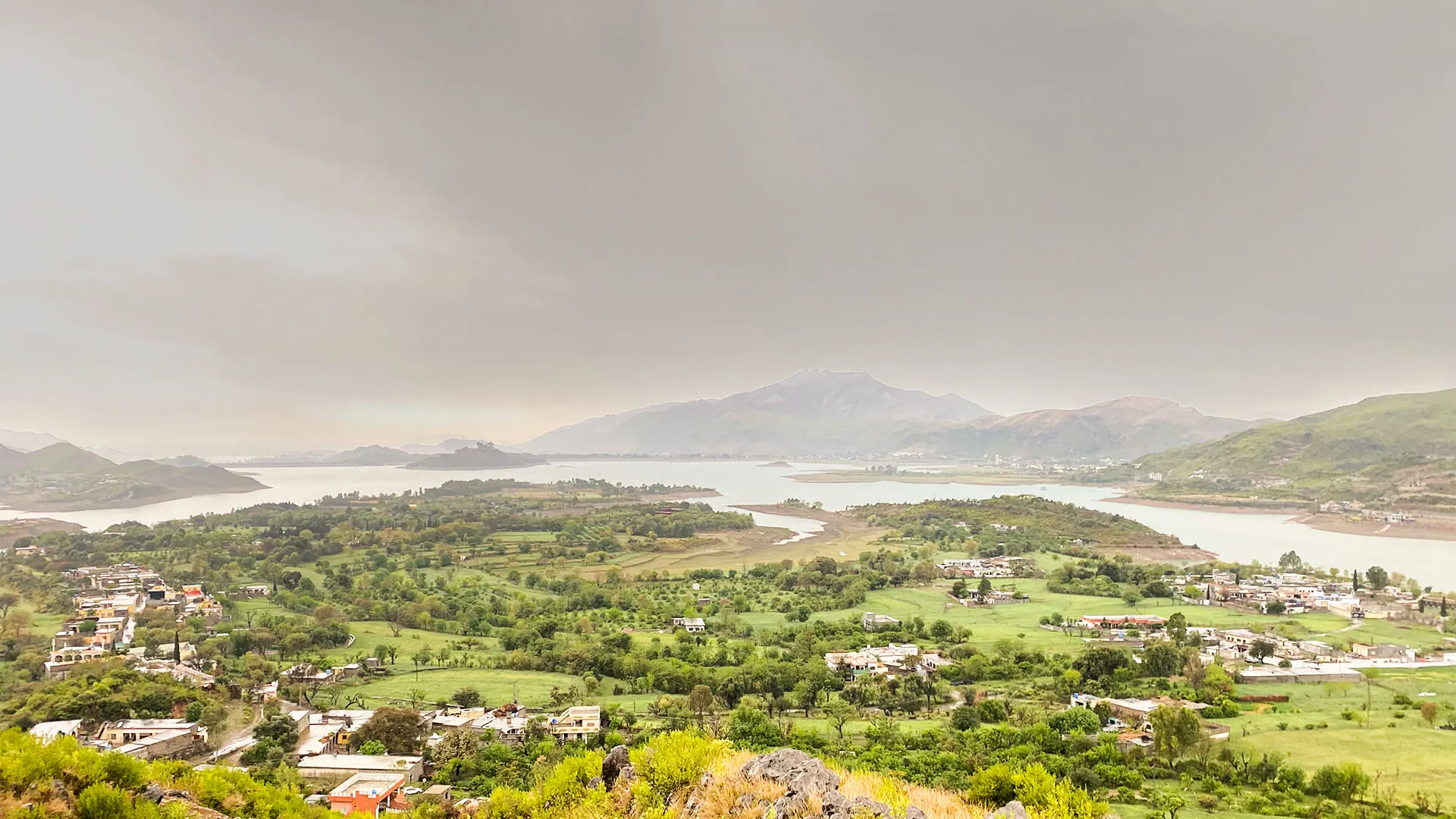For centuries, the Silk Road connected East to West, passing through the land now known as Pakistan. Along this route, weary travelers and traders found rest in structures called serais or caravanserais. These historical inns along trade routes were once full of life, offering food, water, and safety. Today, many of these ancient travel stops in Haripur and surrounding areas remain forgotten, yet they still hold a rich story waiting to be told.
What Were Caravanserais?
Caravanserais were roadside inns built to host caravans. These large, fortified structures offered shelter to traders, their animals, and goods. With high walls and limited entry points, they kept bandits at bay and provided much-needed security.
Moreover, these rest stops became cultural centers. Traders shared news, stories, and goods. In many ways, caravanserais helped spread ideas and cultures across continents.
Also Read: Spanish Company Launches GPS System for the Moon
Silk Road Caravanserais in Pakistan
Pakistan, especially its northern regions, was a key connector along the Silk Road. Cities like Haripur and Khanpur were dotted with Silk Road caravanserais. These towns served as strategic halts for merchants coming from China, Central Asia, and beyond.
In Haripur, for instance, ruins of ancient serai structures can still be seen. Although some have fallen apart, they reflect the area’s important role in Silk Road history in Pakistan.
Ancient Travel Stops in Haripur
Haripur was more than a simple stop. Due to its location between the mountains and plains, it was a natural passageway. Thus, ancient travel stops in Haripur were well-built and heavily used. These stops also became social hubs, where people from different cultures interacted.
Sadly, time has taken its toll. Yet, these sites can still teach us about the past—if we choose to preserve them.
Cultural Heritage Sites in Khanpur
Khanpur, near Haripur, also hosts remains of cultural heritage sites from the Silk Road era. These include old wells, boundary walls, and remnants of trade route landmarks. While many are unmarked, locals still remember their value.
Today, these sites are at risk due to urbanization and neglect. However, efforts for the preservation of caravanserais are slowly gaining attention.
Why Preservation Matters
Preserving caravanserais isn’t just about saving old buildings. It’s about keeping history alive. These sites can also boost historical tourism in Haripur and other regions. Tourists, both local and international, are increasingly looking for unique experiences. Thus, investing in these locations can benefit both the economy and culture.
More importantly, they remind us of a time when knowledge, goods, and beliefs flowed freely across lands.
Conclusion
The Silk Road caravanserais in Pakistan, especially in Haripur and Khanpur, are fading gems. These historical inns along trade routes deserve more than just a mention in history books. Through awareness and action, we can restore their place in our collective memory.
FAQs
1. What is a caravanserai?
A caravanserai was a roadside inn used by travelers and traders along ancient trade routes.
2. Where can caravanserais be found in Pakistan?
They are mostly found in northern areas like Haripur, Khanpur, and Taxila.
3. Why are caravanserais important?
They were key for trade, rest, and cultural exchange on long journeys.
4. Are there any preserved caravanserais in Haripur?
Some ruins still exist, but most need proper preservation.
5. Can tourists visit these sites?
Yes, though many are not officially marked or maintained yet.
6. How can caravanserais help local tourism?
They offer a unique historical experience that can attract cultural and heritage tourists.



